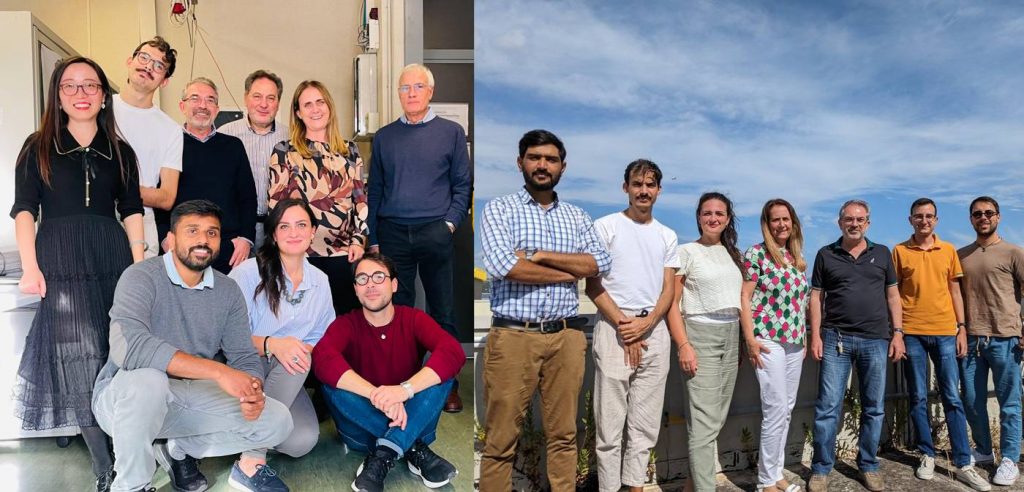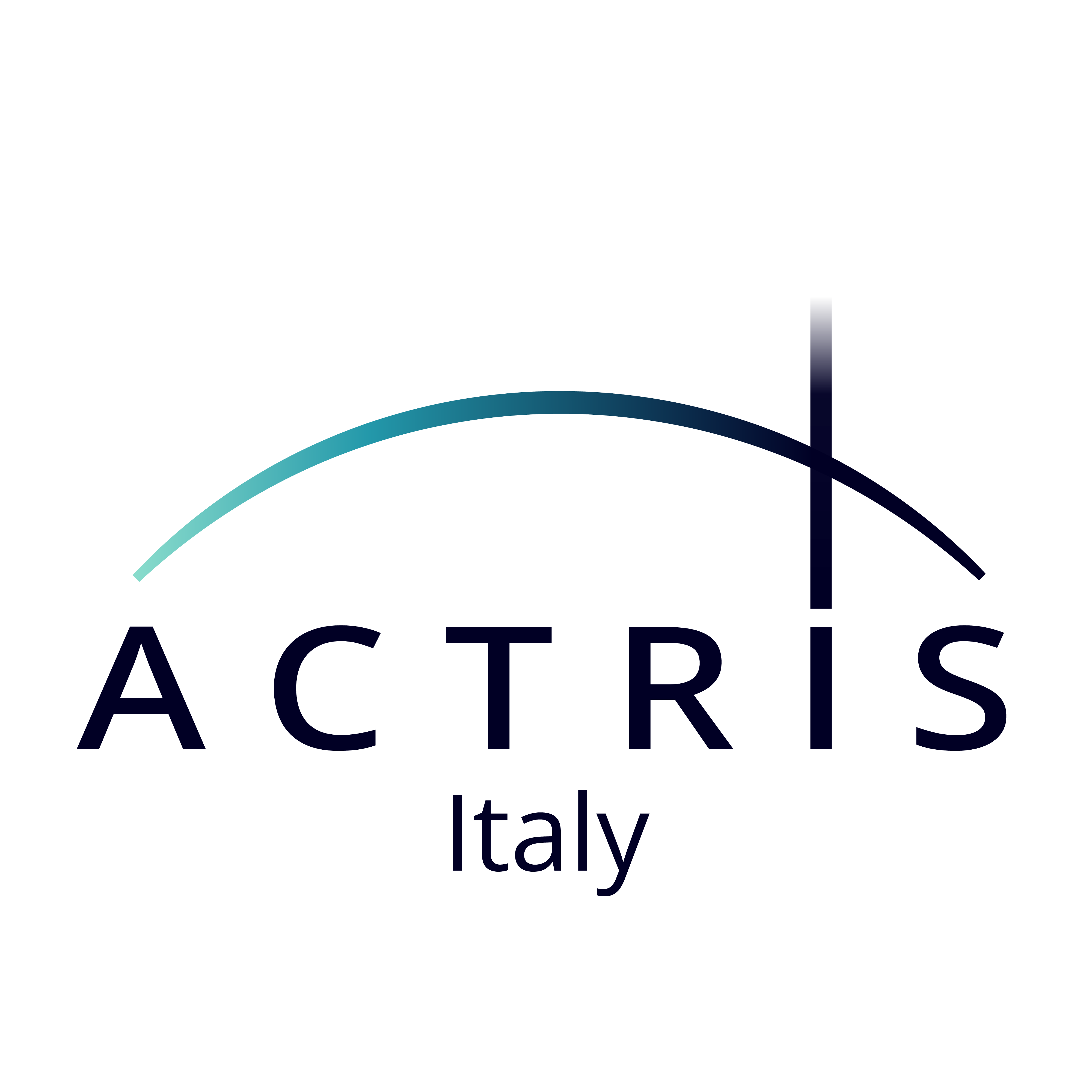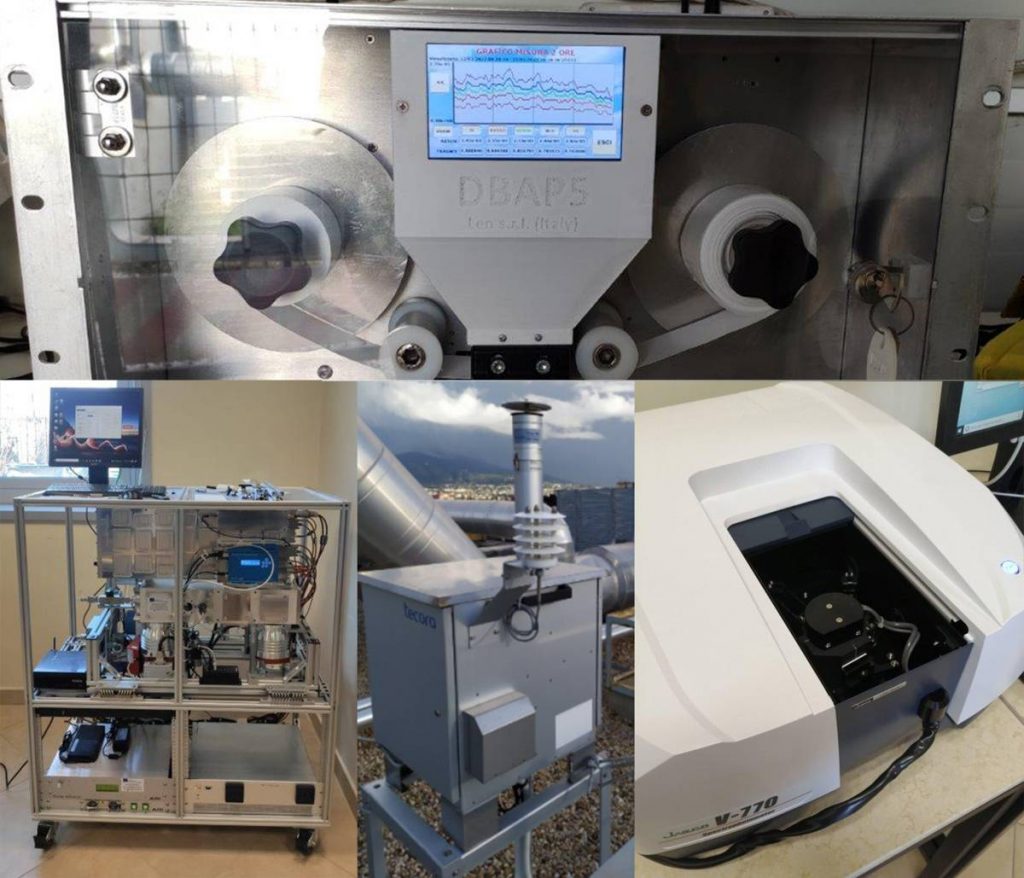Università degli Studi di Napoli "Federico II"
The Naples Observation Station includes systems for the study of the atmosphere with passive and active remote sensing and in-situ techniques. Due to its central location in the Mediterranean basin, the Naples Observation Station is an optimal site for studying optical and microphysical properties of the different aerosol contributions of both natural and anthropogenic origin, related to local as well as long-range transport phenomena.
The station has two observational sites, the first at Department of Physics Ettore Pancini (DF-EP) and the second at Advanced Metrological and Technological Services Center (CeSMA) of the University of Naples Federico II.
For the aerosol remote sensing activities, the station is equipped with:
a multiwavelength Elastic/Raman Lidar (MALIA – Multiwavelength Aerosol Lidar Apparatus) active since the year 2000 in the European network EARLINET and recently upgraded in the frame of the PON PER-ACTRIS-IT project;
two sunphotometers (dual polarization and triple mode: sun, sky, lunar) operating in the frame of the AERONET network, since 2016;
two wind lidars, investigating the atmospheric range 0.2 – 3.0 km;
a compact, transportable, scanning lidar for the 3D characterization of the atmospheric aerosol;
a mobile laboratory van for field measurements;
weather stations.
For the aerosol in-situ sensing activities, the station is equipped with:
a sequential particulate monitoring station, Skypost PM, with three sampling heads (PM1, PM2.5, PM10);
a high-resolution aerosol time-of-flight mass spectrometer, HR-ToF-AMS, with PM2.5 aerodynamic lenses for quantitative and qualitative analysis of aerosols (aerodynamic diameter between 100-2500 nm). In addition, the mass spectrometer is equipped with the component for the determination of refractory aerosols (black carbon, metals);
a dual-beam absorption photometer, DBAP5, operating at 5 wavelengths (870-634-522-465-420 nm);
a UV-vis-NIR spectrophotometer equipped with an integrating sphere that allows analysis in reflectance mode in addition to transmittance one.
The station offers an integrate approach to the measurement of atmospheric parameters that allows monitoring and evaluating the impact of sensible sources of natural emission, as volcanic eruption, desert dust transport and biomass burning, as well as anthropogenic pollution sources, such as automotive traffic, areas of strategic interest such as the harbor and the airport, small industries, and uncontrolled waste disposals.


Contacts
Aerosol remote sensing:
– Prof. Salvatore Amoruso: salvatore.amoruso at unina.it
– Dott.ssa Antonella Boselli: antonella.boselli at cnr.it
Aerosol in-situ:
Prof. Andrea D’Anna: andrea.danna at unina.it
Dott.ssa Francesca Picca: francesca.picca at unina.it
Our Location
Coordinates
Check back soon


